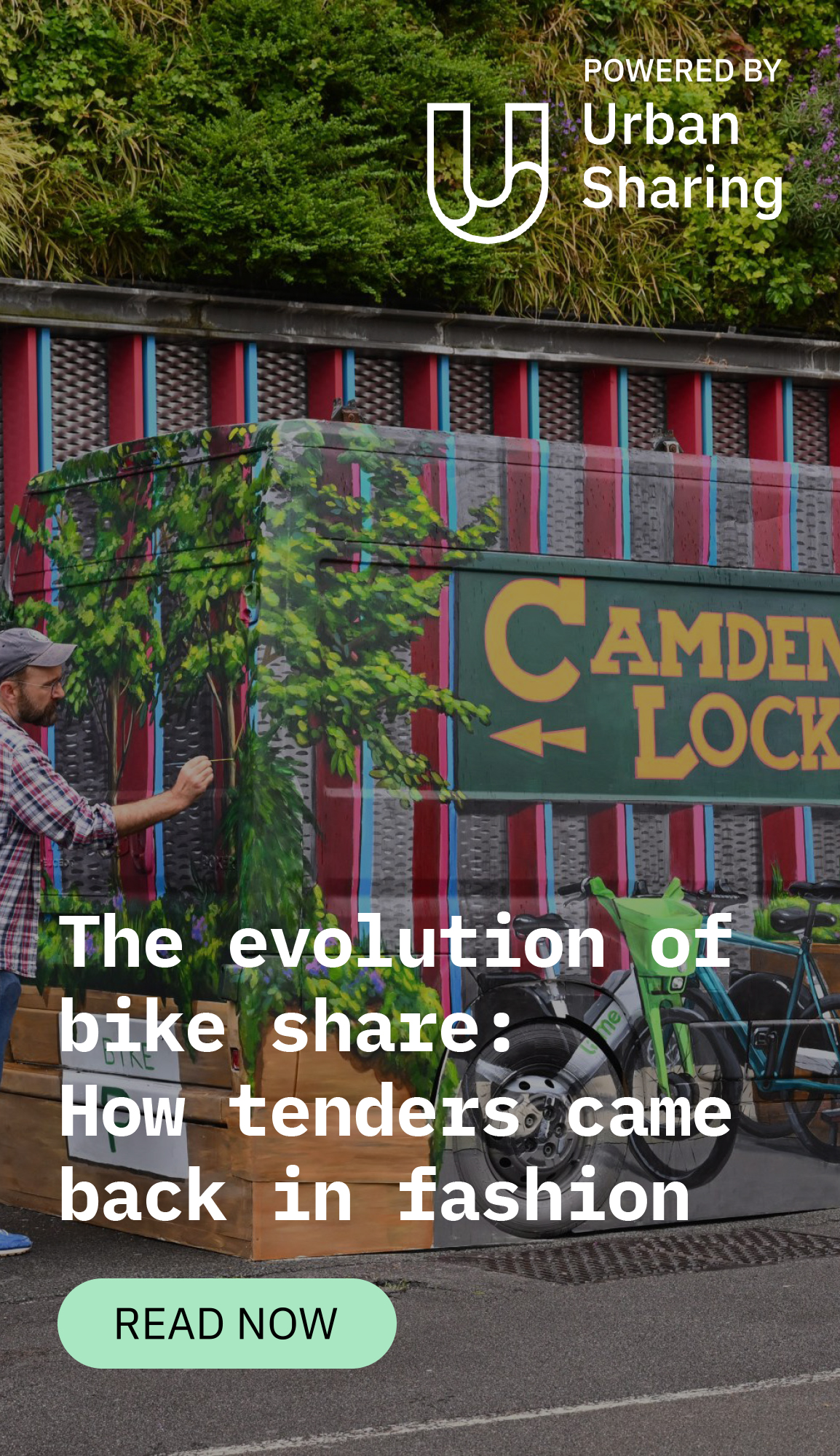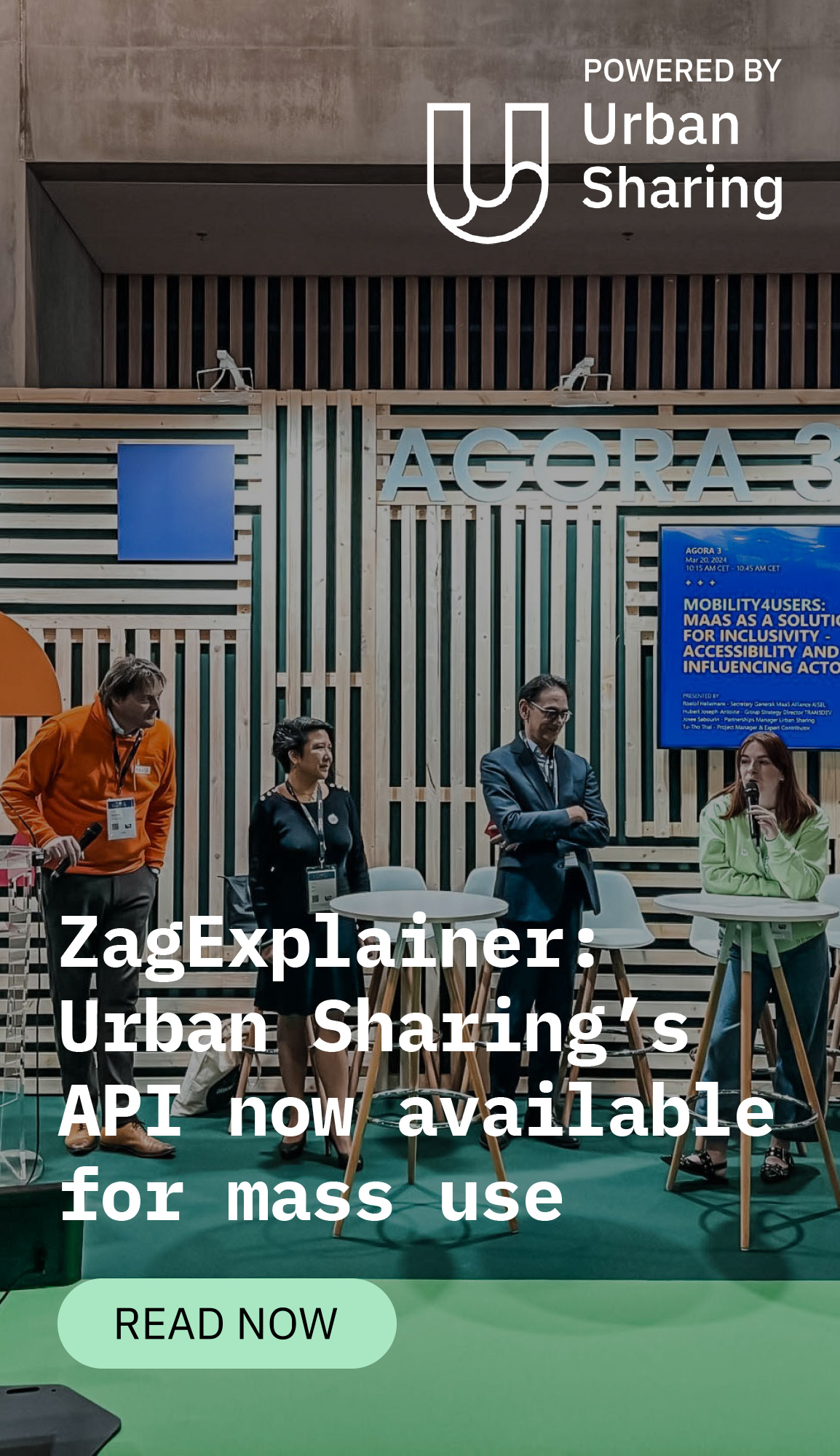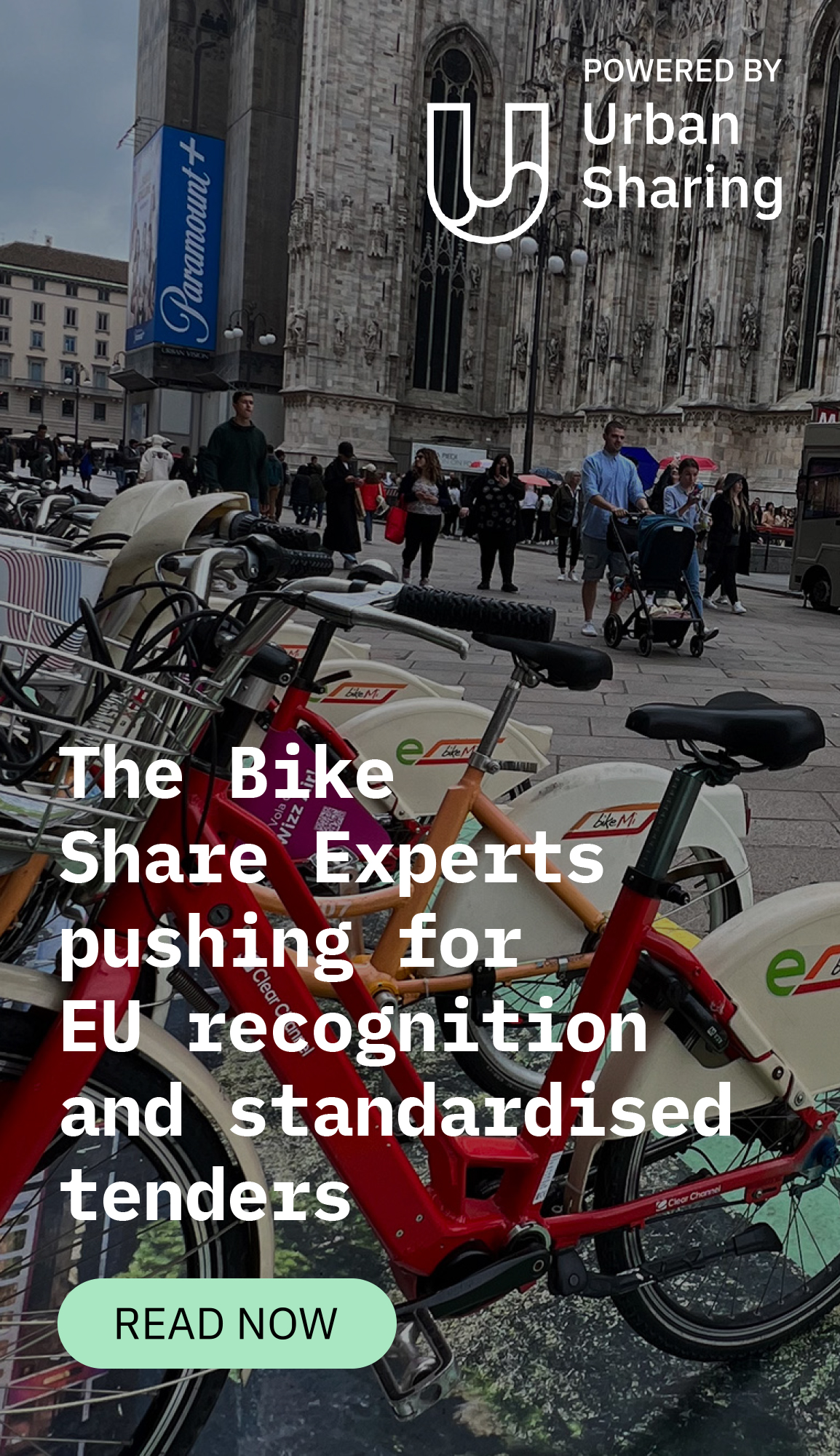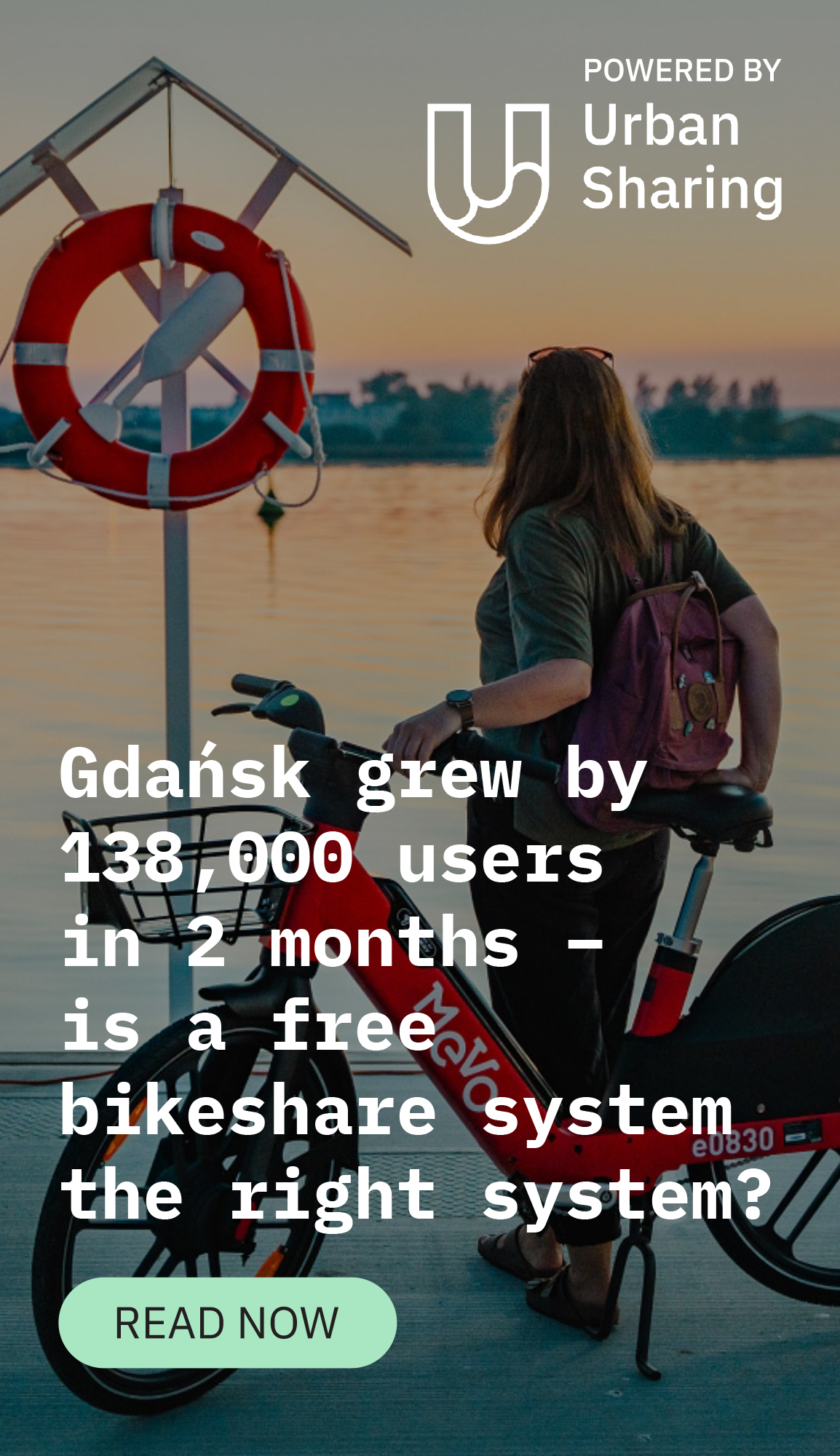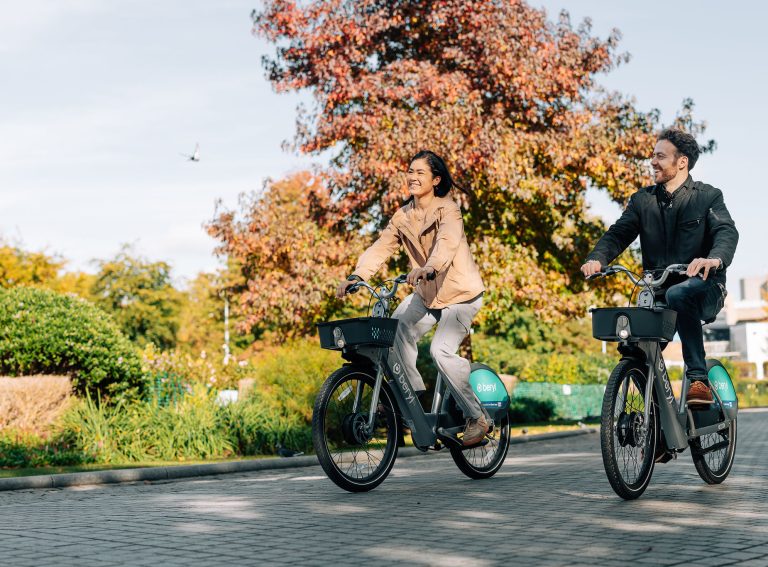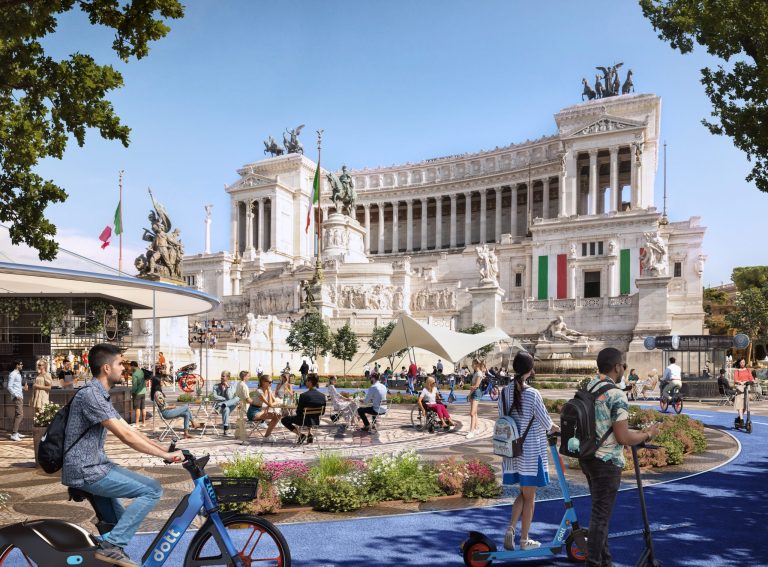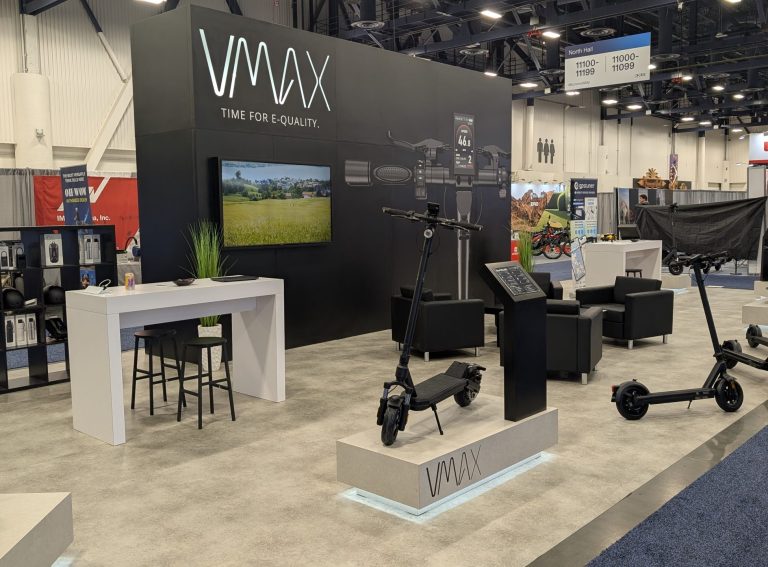Photo credit: Max Adulyanukosol (Unsplash)
Author: Adam Tarshis, Director of Business Development at global mobility analytics firm Anadue.
The winter season can be a challenging time for shared micromobility operators. Not only does the cold often deter people from taking rented rides but the harsher conditions also generally mean more maintenance issues. Given that our sole goal is to make operators profitable, here are some tips and tricks to boost the bottom line in the winter months.
Focus on locals
During the winter season there are fewer tourists in towns and cities and so we would recommend focusing your attention on local residents. Locals are more price sensitive so think about offering bi-weekly, monthly or even season commuter passes. Revenue from longer-term subscriptions is a significant percentage (~50% in some cases) of all subscription revenue during winter, so I would focus on marketing longer-term subscriptions to locals during winter in order to lift overall subscription revenue for the full year.
The pattern of usage for locals in a city is also different from visitors in that they tend to originate in residential areas rather than staying in hotels in the centre. This means you may need to modify your fleet distribution so that more e-scooters, bikes and e-bikes are available in the suburbs. Our data shows that residents take on average 35% longer journeys than visitors, so think about where to position vehicles so they’re where residents need them most.
Events
Whilst it may be colder, there are still generally plenty of events to capitalise on which present a great opportunity to maximise your revenue. Think industry conferences, sporting events or music events which generate high levels of utilisation over a short time frame. For example, Voi partnered with the West Midlands Fire Service in the UK by offering thousands of free e-scooter rides to all firefighters participating in the UKRO Festival of Rescue. As the official sustainable transport partner, Voi gave spectators 50% off all three Day Passes to help them travel over the entirety of the event. This is not only a great way to showcase that micromobility can be the ‘norm’ for getting around, it also will have created a healthy profit engine in trip sales.
A common mistake from operators during events however is that they often overcompensate by deploying too many vehicles at the event. This means utilisation, which is measured by the number of trips per vehicle, goes down because there are too many vehicles sitting dormant. From our own research studying four European markets over two months, we found that utilisation in zones near events decreases slightly, but overall utilisation outside of the zones around events increases by 10-15%. This leads us to conclude that events drive extra utilisation outside of the event zone. Fleet rebalancing then becomes important in this case since you need to relocate vehicles from the centre that have over-accumulated back into the outer zones where they will be reused quickly again.
Fleet makeup
If you operate a mixed fleet of micromobility vehicles consider leaving your bicycles out on the streets and storing many of your e-scooters back in the warehouse. This is because bicycles are generally much better able to cope with icy conditions and the long, dark nights compared with e-scooters. With fewer vehicles potentially being damaged by the bad weather, operators will save money on repair costs.
Multiple surveys have shown that riders feel safer on bicycles/e-bikes than e-scooters, so with shorter daylight hours and many more trips taking place in darkness, customers are more likely to take trips if bikes are available. It isn’t just customer perception either, generally bicycles and e-bikes have larger wheels, shorter stopping distances and better lighting than most e-scooters, all increasing the safety of riders.
Many fleets have a uniform pricing structure, not reflecting the seasonal changing demand for vehicles. Anadue has extensive experience implementing Dynamic Pricing that automatically adjusts the pricing of each individual vehicle in a fleet based on our Machine Learning algorithm’s prediction of future demand at the location where the vehicle is parked.
Operational adjustments
Winter is a great time to be carrying out major repairs and long-term maintenance to micromobility vehicles. These are those tasks that can take several days which you don’t really want to do during the busy season as it will tie-up engineers that are better employed doing quick turn-around repairs to get vehicles back on the street.
It is also a great time to recruit and train staff. We often see a higher turnover of staff during the winter season but if you’re offering your team new training, this additional value could help with retention. Your more experienced team members may also enjoy the extra responsibility of training new recruits.
Then when Spring comes around, your organisation is ready to “spring” back into full productivity.
Migrate
The worse the weather, the fewer rides you can expect, and any micromobility vehicle which is living permanently outside on the streets during the winter season will likely have more maintenance issues than in the summer months, so our final tip is to migrate some of your vehicles to warmer climates.
The winter is an opportunity to increase the number of vehicles in existing cities that you serve, or even try new cities, in locations that don’t suffer extreme weather.
The feasibility of migrating vehicles “South for the Winter”, like many European bird species, very much depends on the economics involved. Distance and method of transport, as well as the attractiveness of the destination markets will need to be carefully considered.
If all else fails you can always follow another example from nature and go into hibernation, live off your fat from the summer and open your doors again in the spring.

